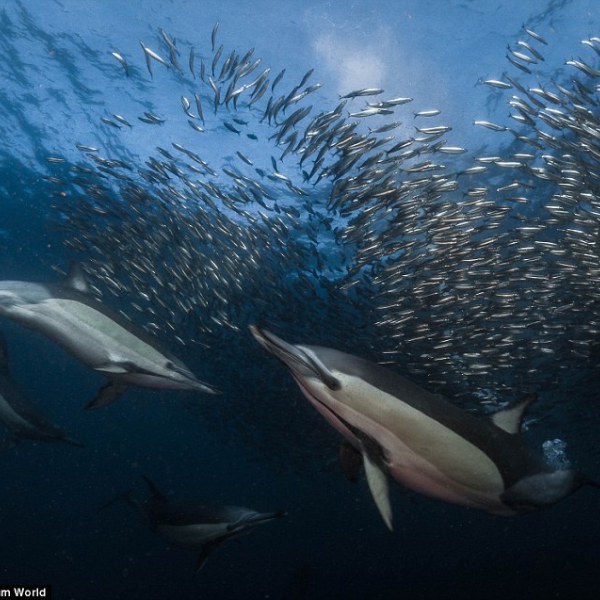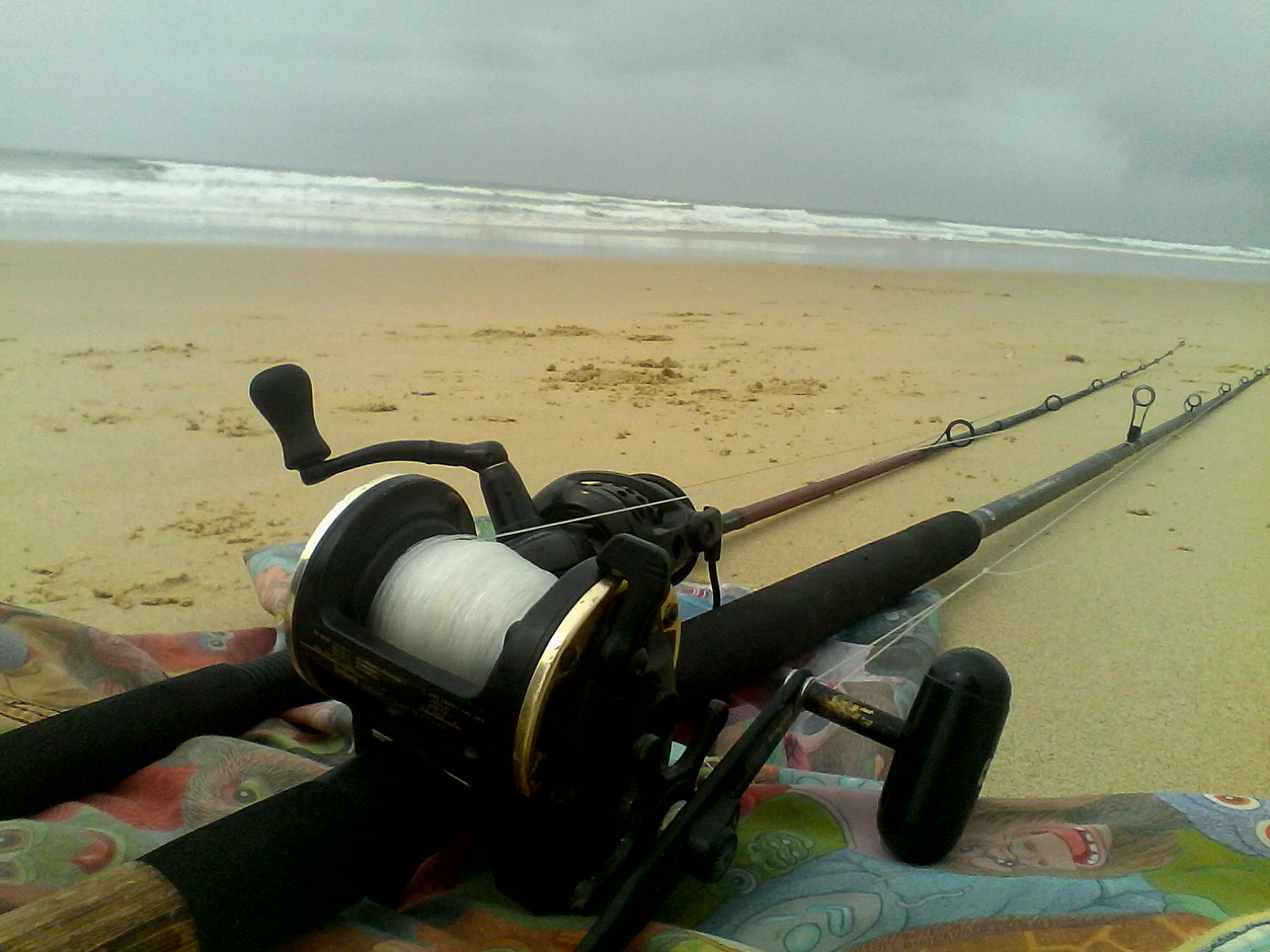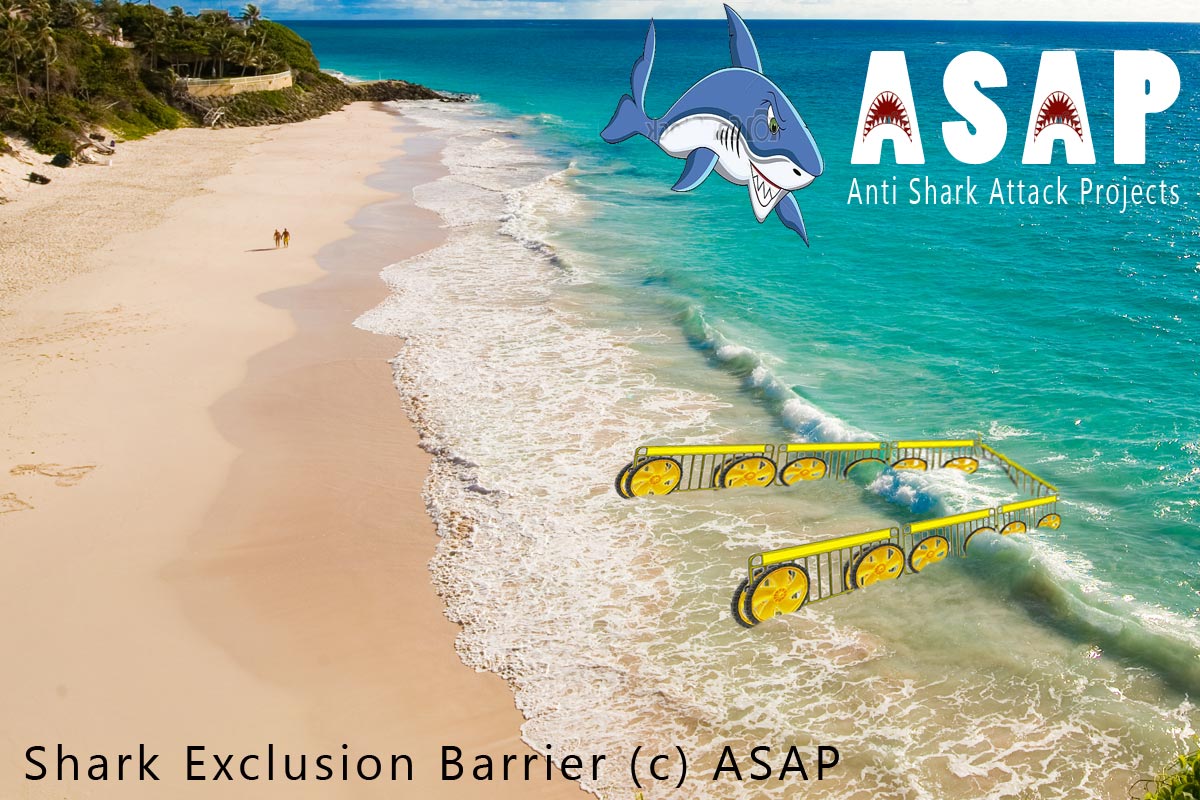Sardine run 2016 preparations with Offshore Africa
Sardine run 2016 preparations with Offshore Africa Sardine run 2016 preparations with Offshore Africa have begun already as everybody looks forward to that bumper sardine run we all deserve. Offshore Africa in Port St. Johns take divers right into the sardine bait ball action where every kind of marine perdator can be seen hard at … Read more



